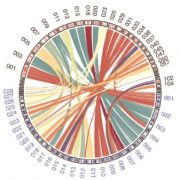
A smut fungus of Brassicaceae plants uses conserved and unique strategies to manipulate perennial hosts ($) New Phytol.
Plant Science Research WeeklyBiotrophic phytopathogens manipulate living hosts for the procurement of nutrients essential for growth and reproduction. It is therefore critical for invading biotrophs to evade or suppress immune responses without impacting overall plant function. In a recent study published in New Phytologist (2019),…
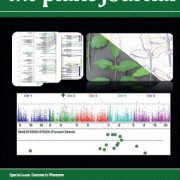
Special Issue: Genome to Phenome (Plant Journal)
Plant Science Research WeeklyIt’s January, which seems to be a month of weather extremes for many “temperate” parts of the globe. Here’s an excellent collection to curl up with as you try to stay warm or cool and out of the elements. The issue includes free-to-access reviews focused on using genomic data (e.g., genome-wide…

Review: Green Bioplastics as part of a circular bioeconomy ($) (TIPS)
Plant Science Research WeeklyI feel guilty about using plastics but it’s hard to break free; they are so integral to a modern lifestyle. However, the problem of plastic pollution is frightening. About 80% of manufactured plastic ends up in landfills or the natural environment. It's appalling to learn that the "Great Pacific Garbage…
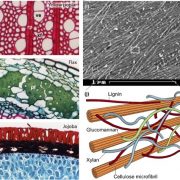
Reviews: The regulation of cellulose biosynthesis in plants, and secondary cell wall biosynthesis
Plant Science Research WeeklyPlant cell walls are complex and somewhat difficult to study, but also idespensible for plants and central to many of the ways that people use plants (from wood to fibers to fuels). Two new articles review diverse aspects of plant cell wall synthesis. Polko and Kieber (Plant Cell 10.1105/tpc.18.00760…
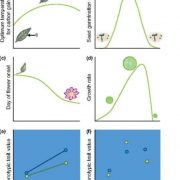
Review: How to analyse plant phenotypic plasticity in response to a changing climate
Plant Science Research WeeklyPhenotypic plasticity, or the ability to change in response to the environment, is one of the most characteristic (and to me, endearing) qualities of plants. As Arnold et al. observe, it is also one of the most important in terms of future climate change; phenotypic plasticity will mean the difference…
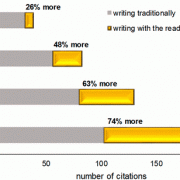
Opinion: How can we boost the impact of publications? Try better writing (PNAS)
Plant Science Research WeeklyWriting is one of the most important of a scientist’s skills but often overlooked during their training. As Freeling et al. observe, good writing takes time, both to learn and to teach, so what’s the incentive? In this Opinion article, they make an effort to quantify the impact (measured by citation…
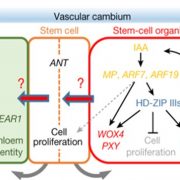
Origin and function of the root vascular cambium ($) (Nature)
Plant Science Research WeeklyThe vascular cambium is a meristematic tissue that is responsible for lateral growth and the continued production of new xylem and phloem; in woody plants, the shoot vascular cambium makes wood. A new pair of papers investigates how the Arabidopsis root vascular cambium forms and how it functions. Through…
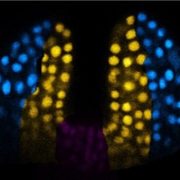
Quantitative analysis of auxin sensing in leaf primordia argues against proposed role in regulating leaf dorsoventrality (eLIFE)
Plant Science Research WeeklyThis is an interesting paper that touches on several topics. Bhatia et al. address the question of how polarity in leaves is first established: essentially, which comes first, polarity in auxin concentration or polarity in gene expression? The authors conclude that in the earliest leaf primordia, there…
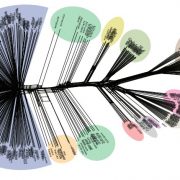
Sunflower pan-genome, evidence for hybridization-altered disease resistance ($)
Plant Science Research WeeklySunflower (Helianthus annuus L.) is an important oil-producing crop, which was domisticated in North America about 4000 years ago with elite varities being developed through the 19th and 20th centuries, narrowing its genetic variation. It retains the ability to hybridize with wild relatives, providing…

